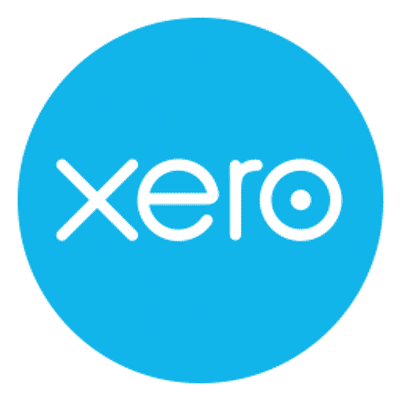Emagia Credit Automation is a Accounting Software. Emagia Credit Automation offers Tax Management, Revenue Recognition, Collections, Cash Management and many more functionalities.
Some top alternatives to Emagia Credit Automation includes Xero, Sage Accounting (Sage One), Patriot Accounting, Quickbooks and Metering.ai.
No, Emagia Credit Automation doesn't provide API.
No, Emagia Credit Automation doesn't provide mobile app.
Emagia Credit Automation is located in Santa Clara, California
Emagia Credit Automation offers Quotation Based pricing model
The starting price is not disclosed by Emagia Credit Automation. You can visit Emagia Credit Automation pricing page to get the latest pricing.



/logo_1622728934.296577.png)















